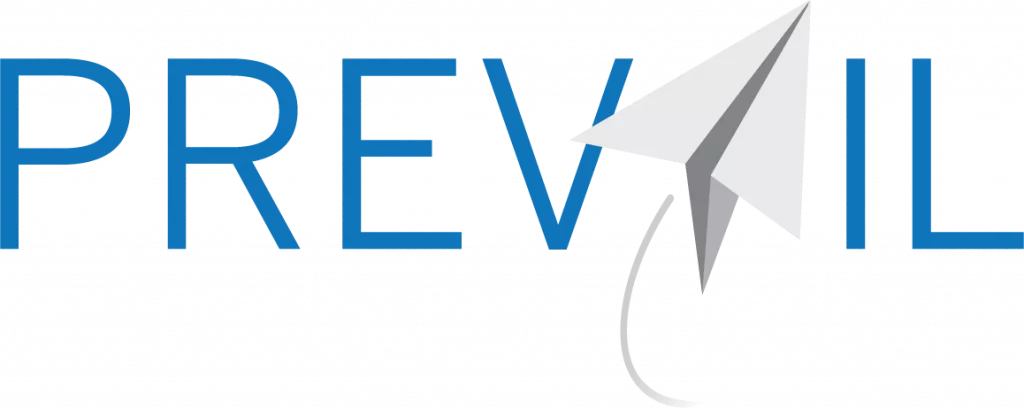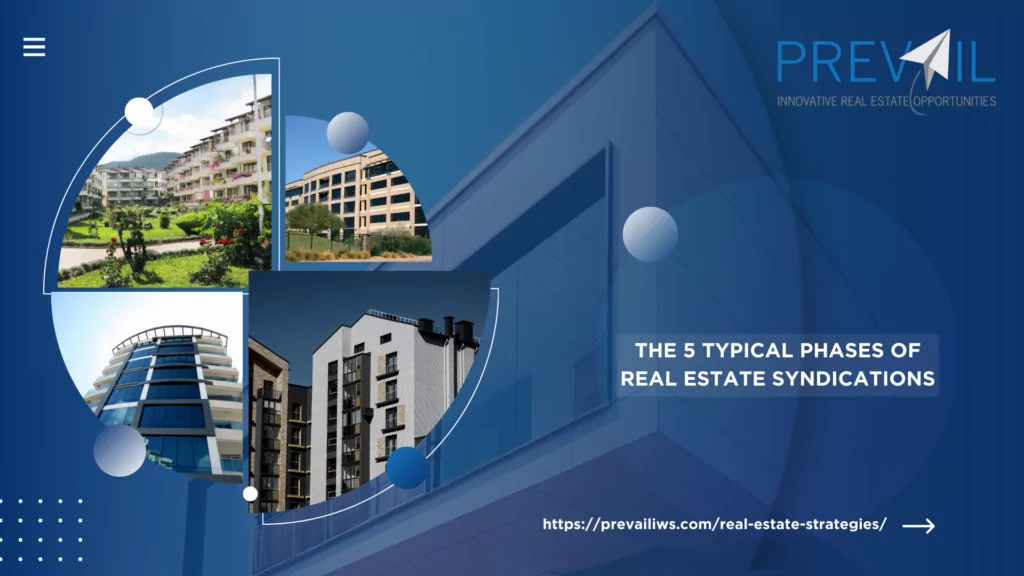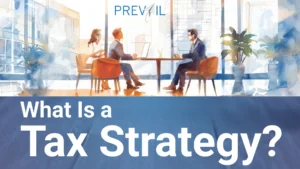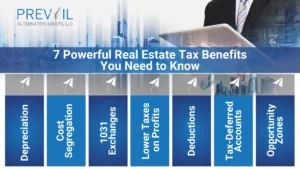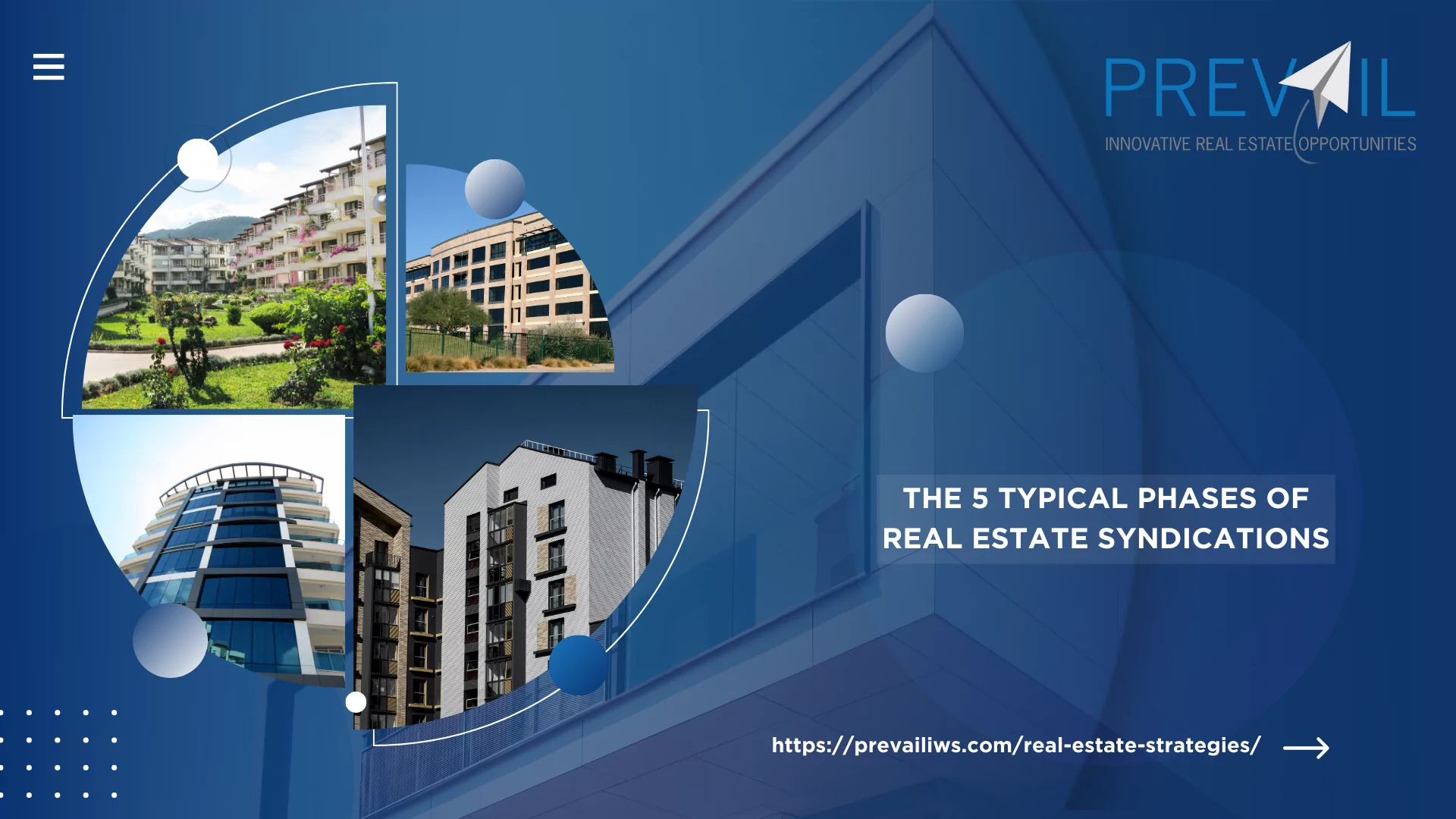While every deal is different, each real estate syndication transaction typically goes through a progression of stages with a clear beginning, middle, and end. That process ensures individual investors operate as one, according to a clear plan. This is what you generally can expect.
Phase #1 – Acquire
The first stage begins with sponsors getting a property under contract. Not only can finding a great property be difficult, but this phase also requires impeccable underwriting skills and solid projection calculations. The sponsors are the general partner that acquires, improves, operates and disposes of the property on behalf of the investors.
Once under contract, sponsors work diligently to discover the property’s needs, record estimated expenses, and update the business plan accordingly. After the sponsors are confident with the research, the deal, and the projections, the deal is shared with investors to gauge interest. Once all investors send in their funds, the property is acquired.
Phase #2 – Add Value
The term “value-add” means exactly what it sounds like; adding value to the property, which is why renovations typically kick off upon closing.
Typically, improvements begin with the property management team and renovations on any vacant units. This phase can last 12 to 18 months or longer, depending on the time it takes for all tenants’ leases to expire and for all old units to be renovated.
For an apartment complex, exterior and common area renovations may also be made, such as updating or adding light fixtures, a dog park, covered parking, or landscaping.
Phase #3 – Refinance
Since commercial properties are valued according to the income they generate, the whole point of the renovation phase is to drive rent premiums to increase revenue.
Most tenants will happily pay an additional $100 per month for the opportunity to move into an updated unit, and if the apartment complex has 100 units, that’s an additional $120,000 per year in rental income, which, at a conservative 10% cap rate, equates to $1,200,000 in additional equity.
With that additional equity, a sponsor may attempt to refinance or, if the market is right, sell the property early. Although exciting, neither of these is guaranteed. Through a refinance or supplemental loan, you could receive a portion of your initial investment back, while still cash flowing as if the entire amount were still invested.
Let’s pretend you invested $100,000 into a value-add multifamily syndication, and after 18 months, the sponsors refinanced the property and returned 40 percent of your original capital. This means you got back $40,000, plus continuous cash flow distributions of 8-10% off your full $100,000 original investment.
Phase #4 – Hold
The next phase is “holding” the asset while collecting cash-on-cash returns (aka, cash flow). Since the value-add phases are complete and the riskiest phases have passed, the focus shifts toward attracting great tenants and generating strong revenue.
Throughout the hold period, rent increases at a nominally low percentage each year, thus increasing revenue and contributing toward a steady appreciation of the property. The length of this phase, typically 5 years or less, is based on the individual property, sponsor, and business plan.
Phase #5 – Sell
At this point, the property has been updated, revenues increased, and its value appreciated. So, the best use of investor capital is to sell the property and return their capital so that they can look for the next investment. During the disposition phase, sponsors prepare the asset for sale.
Sometimes the asset can be sold off-market, creating minimal disruption for tenants. Otherwise, sponsors muster through the whole listing and sale process. Occasionally, if investors agree, a 1031 exchange may be initiated. This allows investors to roll their capital and proceeds into another deal with the same sponsor.
Either way, once the sale is complete, you get your original capital back, plus a percentage of the profits. Time to pop those corks!
There you have it!
The structure, the exchange of information, and focus within each step. Remember, every deal is different and not all syndications go through all five phases.
As a passive investor, while you get to avoid the legwork, you still want to thoroughly understand the typical phases of the value-add syndication process, so you’re informed every step of the way.
Connect with our team today to learn more about Real Estate Syndications by clicking this link or sign up for our monthly newsletter below – Prevail Real Estate or call: 913-295-9500
Prevail Innovative Real Estate Opportunities, LLC., (PREO) is affiliated with Prevail Wealth Advisors, LLC (Prevail IWA) and Prevail Strategies LLC., because they are under common ownership and control. PREO was formed to provide real estate investment opportunities for high-net-worth investors looking for diversification. Prevail Wealth Advisors, LLC., is a federal registered investment advisor. Registration with any securities authority is not an endorsement of the services offered by the investment adviser. Fixed insurance products and services are offered through Prevail Strategies, LLC., a licensed insurance agency. Any investment by a Prevail IWA client into a PREO-sponsored real estate investment would be without the involvement of Prevail IWA and should not be seen as a recommendation by Prevail IWA. Additionally, Prevail IWA clients should realize that any capital they invest in a PREO-sponsored real estate investment would be completely outside of their advisory relationship with Prevail IWA and not part of their Prevail IWA account going forward. Finally, there are material differences between the type of investments PREO may offer and the investments on which Prevail IWA provides advice in terms of risk profile and liquidity, and the compensation PREO earns from a real estate project in which Prevail IWA clients invest may be materially different than the investment advisory fees Prevail IWA charges its clients.
An offer or solicitation to acquire interests in the investment may only be made by our Private Placement Memorandum (“Memorandum”) in accordance with the terms of all applicable security laws. All information contained herein is subject to and qualified by the contents of the Memorandum. Participation in any securities offering is limited to Accredited investors. Please call to obtain a copy. You must read it before investing. Past Performance is no guarantee of future results. An Offer to buy or sell any security is only made by our Private Placement Memorandum. Prevail Real Estate Opportunities, LLC., Prevail Innovative Wealth Advisors, LLC., and Prevail Strategies LLC., do not provide tax or legal advice. You should ask your CPA or tax professionals for decisions involving tax implications present and future.
This is not an offer to sell securities. This article should be construed as informational and not as an advertisement soliciting for any particular purpose.
